Filter News
Area of Research
News Type
News Topics
- 3-D Printing/Advanced Manufacturing (5)
- Advanced Reactors (1)
- Artificial Intelligence (1)
- Bioenergy (2)
- Biology (1)
- Biomedical (3)
- Chemical Sciences (2)
- Clean Water (1)
- Computer Science (3)
- Coronavirus (4)
- Energy Storage (2)
- Environment (5)
- Fusion (2)
- Grid (2)
- Isotopes (1)
- Materials Science (4)
- Mathematics (1)
- Mercury (1)
- Microscopy (2)
- Nanotechnology (2)
- Neutron Science (2)
- Nuclear Energy (6)
- Physics (8)
- Polymers (1)
- Security (1)
- Summit (2)
- Transportation (2)
Media Contacts

Ilias Belharouak is leading ORNL’s research efforts in investigating new materials for solid-state batteries, which can double the charging capacity of lithium-ion batteries, commonly used today for electronic devices such as cell phones.
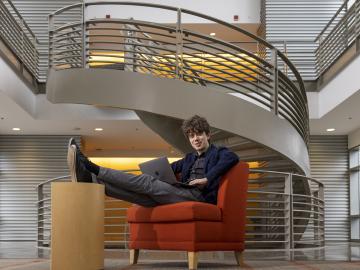
Joe Paddison, a Eugene P. Wigner Fellow at the Department of Energy’s Oak Ridge National Laboratory, believes there’s more information to be found in neutron scattering data than scientists like himself might expect.
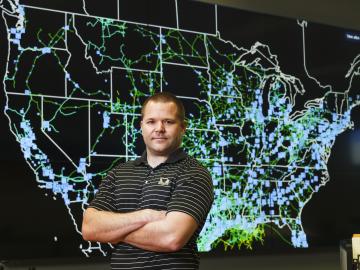
Nils Stenvig has always had an interest in solving big problems. That desire drove his focus on electrical engineering in college and eventually led him to Oak Ridge National Laboratory, where today he’s using his expertise to better understand the world’s largest machine—the electrical grid.
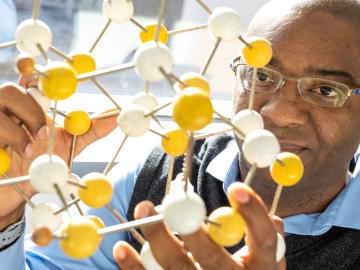
Valentino (“Tino”) Cooper of the Department of Energy’s Oak Ridge National Laboratory uses theory, modeling and computation to improve fundamental understanding of advanced materials for next-generation energy and information technologies.
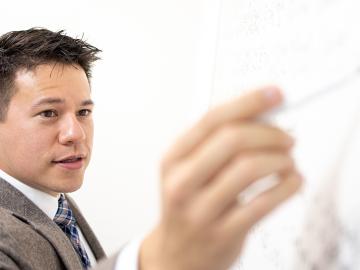
As a reactor physics nuclear engineer, Ben Betzler leverages and develops computational methods to solve questions across nuclear energy—whether it’s finding the best design of a reactor core or repurposing an old tool for a new analysis.

Peter Wang is focused on robotics and automation at the Department of Energy’s Manufacturing Demonstration Facility at ORNL, working on high-profile projects such as the MedUSA, a large-scale hybrid additive manufacturing machine.
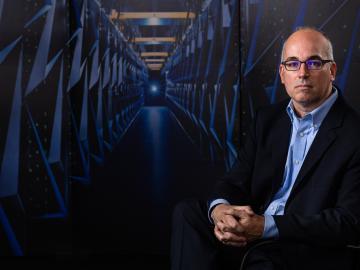
After several years in the private sector exploring the unknown origins of neurodegenerative brain disorders such as Alzheimer’s, Chris Ellis thinks one of the keys to solving the mystery is at Oak Ridge National Laboratory: the world’s most powerful supercomputer.

Liam Collins was drawn to study physics to understand “hidden things” and honed his expertise in microscopy so that he could bring them to light.

A typhoon strikes an island in the Pacific Ocean, downing power lines and cell towers. An earthquake hits a remote mountainous region, destroying structures and leaving no communication infrastructure behind.
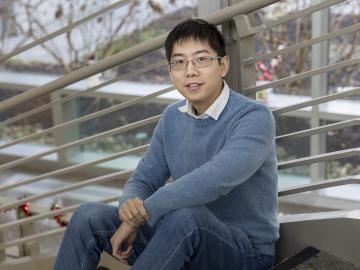
Eugene P. Wigner Fellow Victor Fung’s story is proof that a series of positive experiences around science and happy accidents can lead to a rewarding research career. He joined ORNL in 2019.




